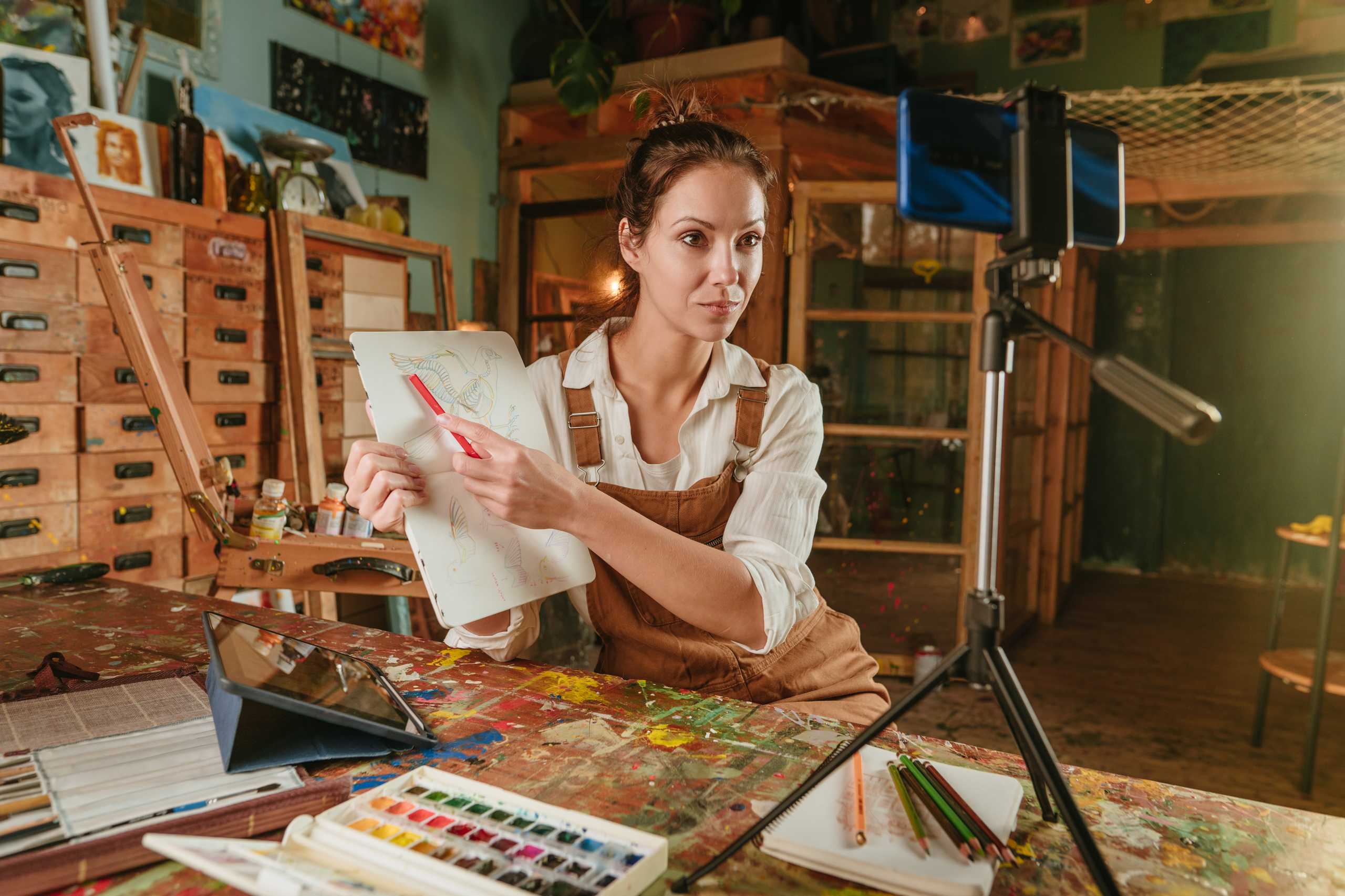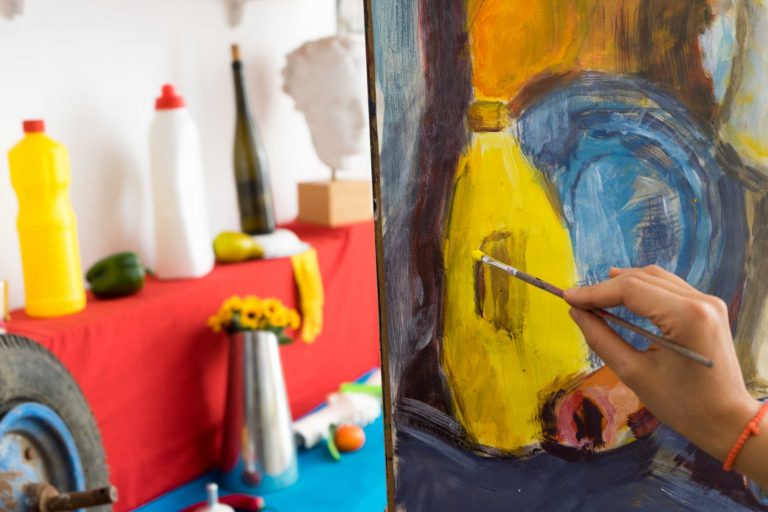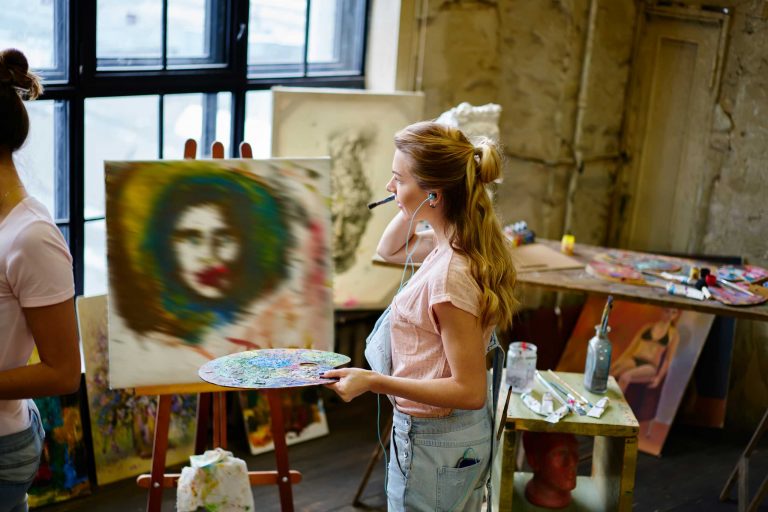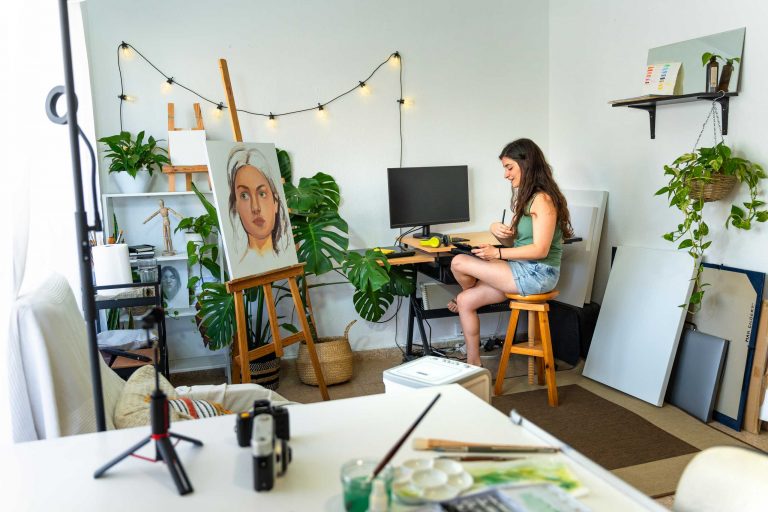
Oil painting has a unique charm—its richness, texture, and depth can transform a simple idea into a breathtaking masterpiece. One of the most powerful techniques to achieve this is layering. Through careful layering, artists can create subtle color variations, luminous effects, and three-dimensional depth that truly bring a canvas to life.
Understanding the Basics
Layering begins with a foundation. Start with a thin underpainting to map out the composition, define light and shadow, and establish the mood of your artwork. This initial layer is crucial—it acts as a roadmap for all subsequent strokes.
- Thin Washes First: Apply diluted paint to sketch shapes and tonal values.
- Plan Your Composition: Ensure that proportions and perspectives are correct before adding heavy layers.
- Focus on Light and Shadow: This sets the stage for depth and realism.
Techniques for Effective Layering
Building layers is both an art and a science. Here are techniques that can help elevate your paintings:
- Gradual Build-Up
- Apply paint in stages, letting each layer dry before adding the next.
- Avoid rushing; patience preserves color vibrancy and clarity.
- Varying Textures
- Combine smooth, blended layers with textured strokes to add visual interest.
- Use palette knives or brushes of different stiffness for diverse effects.
- Glazing for Luminosity
- Transparent layers of color can create glowing highlights and rich shadows.
- Experiment with complementary colors to enhance depth.
- Final Details
- Use top layers to emphasize highlights and intricate details.
- This stage brings your subject into focus and completes the illusion of depth.
Why Layering Matters
Layering is more than just a technique—it’s a journey of exploration and discovery.
- Encourages Experimentation: Each layer offers a chance to modify, improve, or try new color combinations.
- Builds Patience and Precision: The process requires careful observation and thoughtful decision-making.
- Enhances Artistic Voice: By layering, your style emerges naturally as textures, colors, and strokes interact.
Practical Tips for Students
- Work from dark to light to preserve luminosity in highlights.
- Let paint dry completely between layers to prevent unwanted blending.
- Keep a sketchbook of color experiments to understand how different layers interact.
- Observe master artists’ works to see how layering enhances their compositions.
Layering transforms oil painting into an immersive, dynamic experience. Every stroke builds upon the previous one, creating a narrative that unfolds on the canvas. By mastering this technique, artists gain the ability to craft paintings with depth, richness, and emotional resonance—pieces that draw the viewer in and leave a lasting impression.



